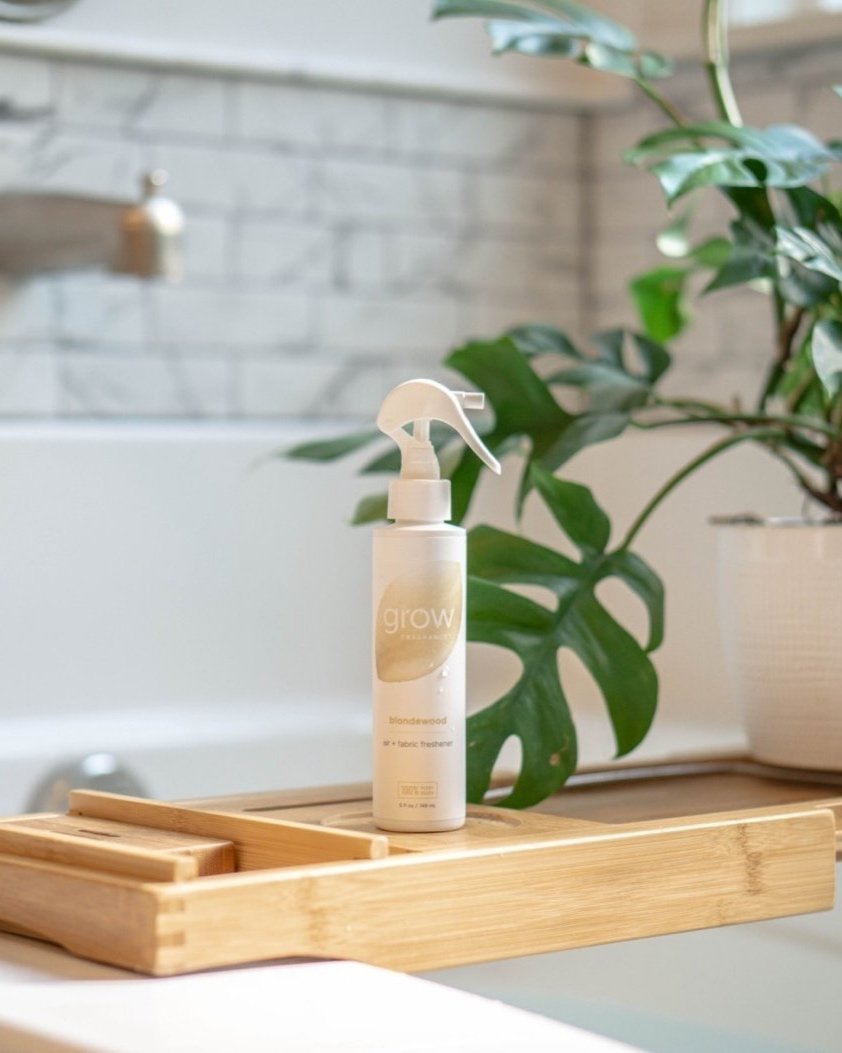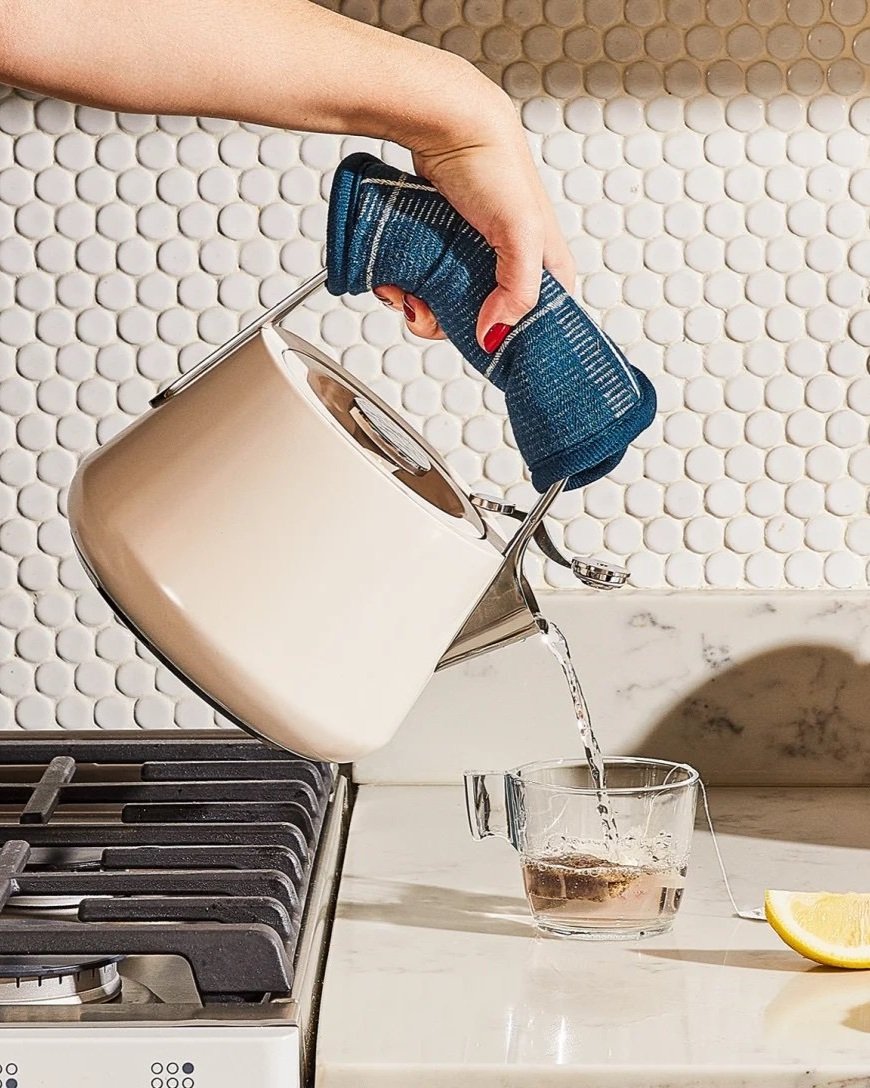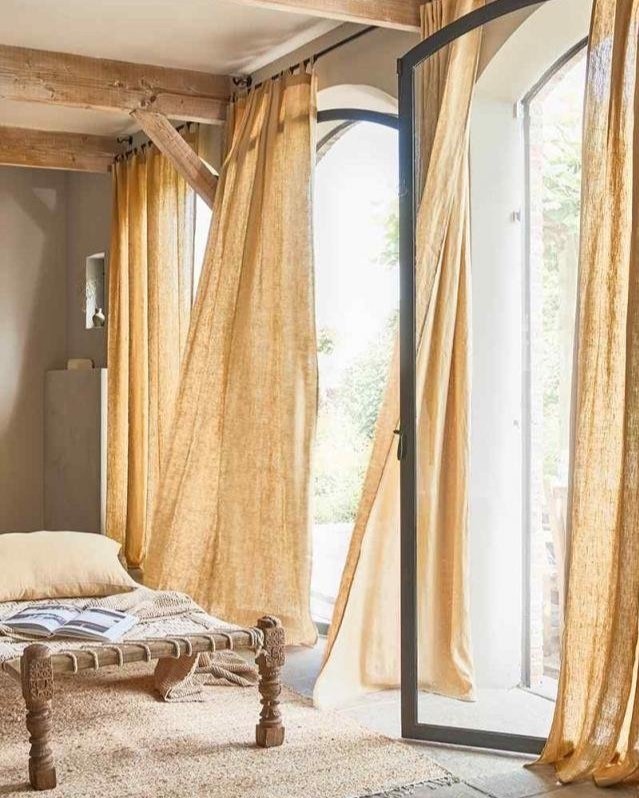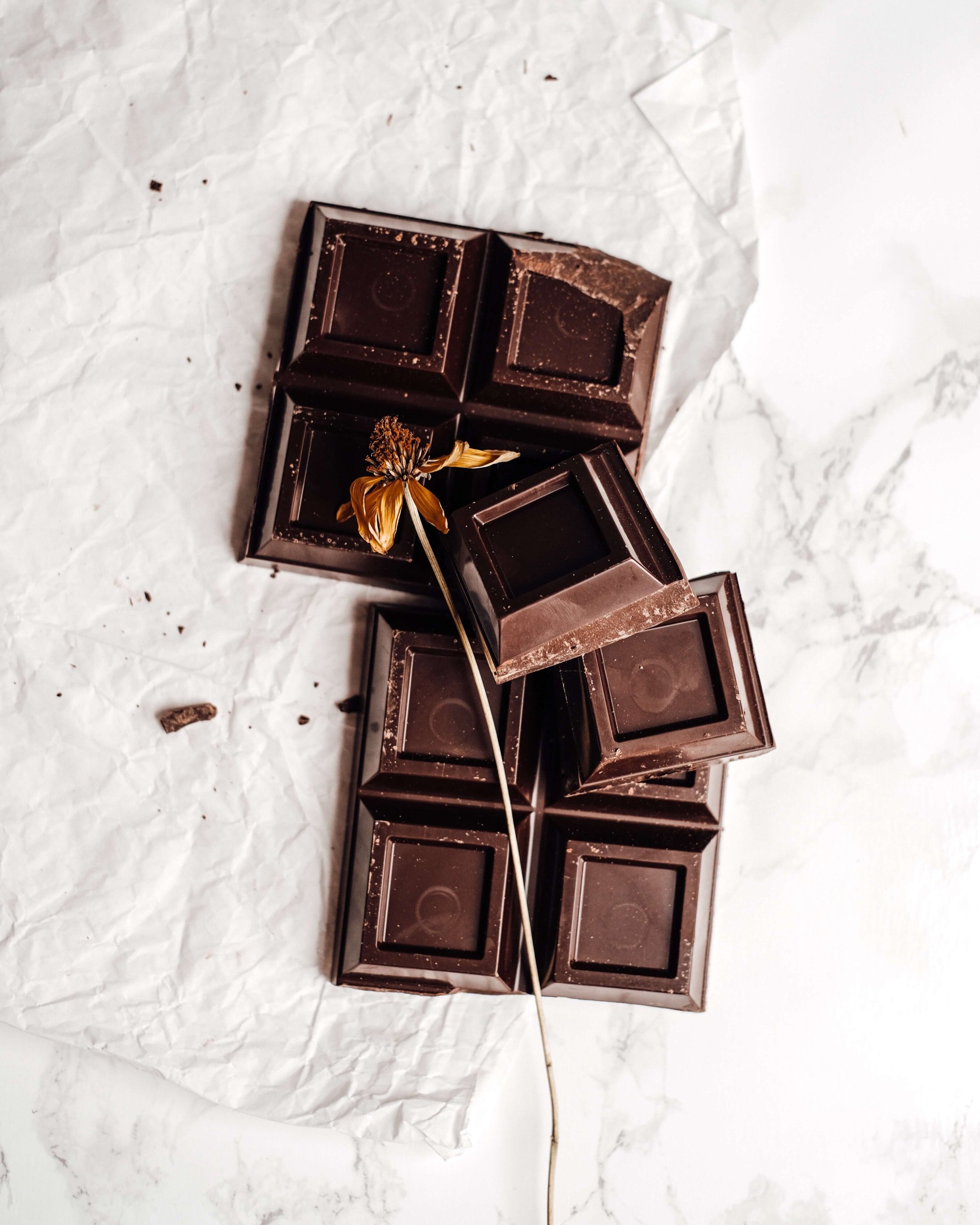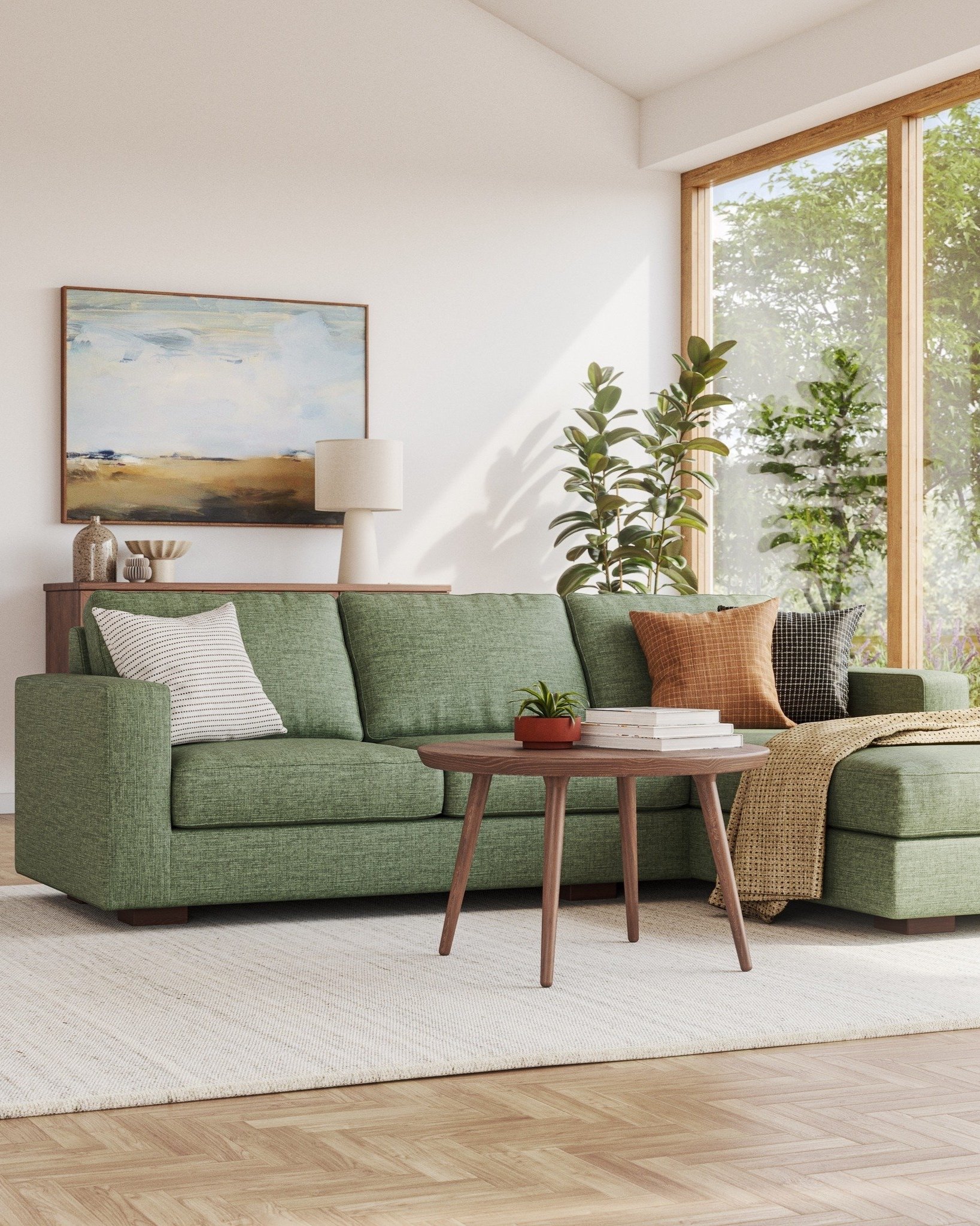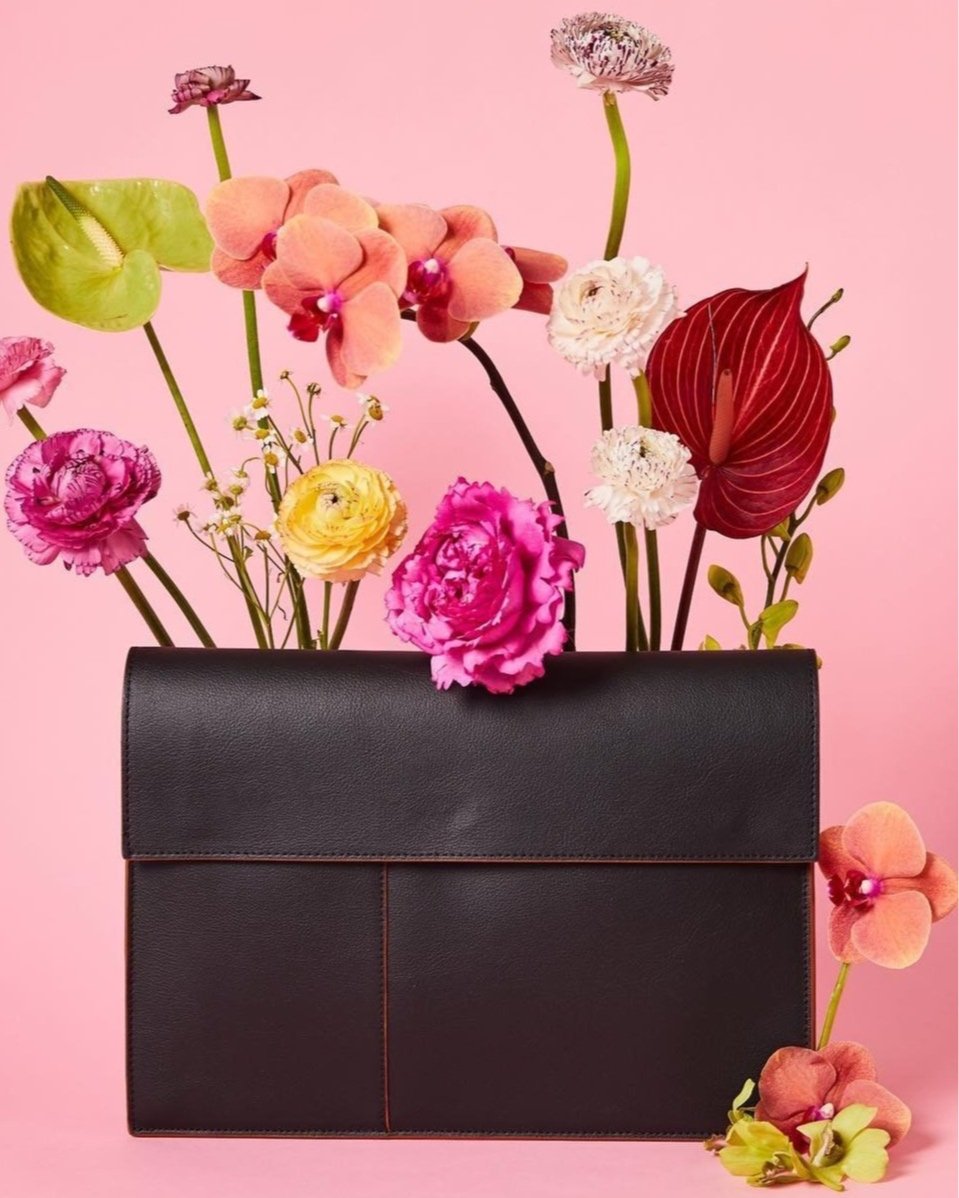10 Easy Sustainable Gardening Tips
Whether you are looking to create a dreamy cottage-inspired garden or grow your own food, home gardening provides plenty of opportunity to incorporate more sustainable practices. Home and urban gardens have shown to help reduce greenhouse gas emissions and are also a way to support the essential pollinators. To help you make the most of your yard, here are 10 sustainable gardening tips that encompass everything from soil health and water conservation to plant selection and wildlife support.
Our Favorite 10 Sustainable Gardening Tips:
Plant Native Species
Since native plants are naturally adapted to your region’s climate, they are more resilient against drought, soil types, and diseases. If you don’t know your region’s plant hardiness zone, check out the map from the USDA.
2. Seek Out Drought-Tolerant Plants
Not only will native species more easily thrive in your garden, but utilizing drought-tolerant plants will require less daily maintenance and resources. By reducing the need for additional continual water consumption, you will be saving water and time. This is especially important if you live in a dry or desert climate.
3. Collect Rainwater
You can use barrels or cisterns to collect rainwater for gardening to reduce your dependency on local water resources. This can also help lowers your water bill. However, be sure to check your state’s policies regarding what is legal for your area. Some states have incentive programs for rainwater harvesting but may require specific regulations.
4. Check the Time Before You Water
When you water your garden early in the morning, it reduces the evaporation, and the soil is more likely to absorb the water better and reduce water waste. Using a drip irrigation system is even better since it allows for deeper watering and avoids getting plant foliage wet, which helps prevent common leaf diseases.
5. Make Your Own Compost
You can utilize most of your kitchen scraps, lawn clippings and leaves, and cardboard to create free compost for your garden. Compost is helpful to add nutrients to the soil and promote healthy, happy plants.
6. Utilize Organic Mulch
Adding in organic mulch like wood chips or straw will enrich the soil as it decomposes. Mulch will also help regulate the soil temperature, prevent evaporation and slow down weed growth. Just be sure to leave a circle a few inches away from new plants and roots until they are more established.
7. Use Renewable Materials
If you need a trellis, garden stake or garden border, using recycled or sustainably sourced materials is the way to go. Bamboo or reclaimed wood are better alternatives to traditional chemical treated lumber or plastic.
8. Stay Away from Pesticides
Synthetic pesticides and fertilizers are harmful to soil, insects and wildlife. Try utilizing more natural pest deterrent methods like companion planting or incorporating beneficial insects. Depending on the type of pest, DIY recipes with natural ingredients in your kitchen may also be effective.
9. Prioritize Perennials
Since perennials return year after year, you won’t need to replant as often. They typically have deeper roots, which helps reduce the need for water, absorbs carbon dioxide, and preserves the soil health.
10. Support the Wildlife
Bring more species to your garden or yard by adding birdhouses, bat houses, or insect-friendly habitats as these are all important to sustain a healthy ecosystem. A strong biodiverse environment will attract more good garden insects and wildlife.
About the Author
Karmen Flores is a creative entrepreneur based in Michigan. Karmen shares all about plant-based and sustainable, intentional living on her blog Karmen Collective. From recommendations for all things plant-based to tips for living more sustainably, Karmen makes living with intention less intimidating and more accessible. You can connect with Karmen on Instagram @karmencollective and at www.karmencollective.com
MAKE SURE TO PIN THE PHOTO BELOW TO SAVE THIS POST FOR LATER!
WANT TO FIND MORE SUSTAINABLE BRANDS?
The Brand Directory features hundreds of sustainable brands approved by us!
We have broken everything down by category for easy shopping, along with discount codes unique to Sustainably Chic viewers.





